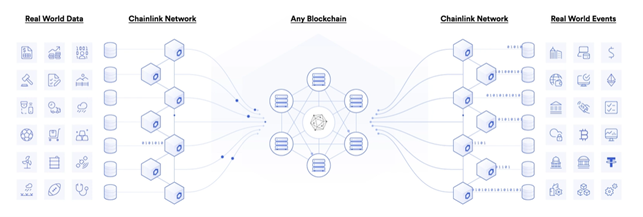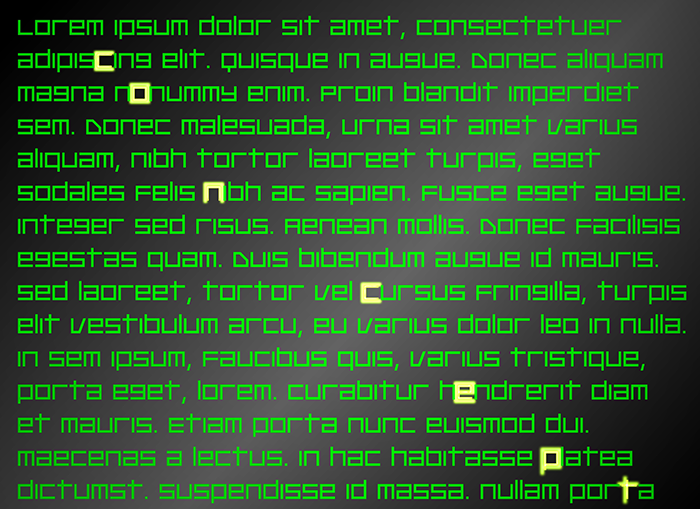
Random Notes on Technology and Marketing
Case studies are influential, yet often underestimated, marketing tools that help a company create credibility with potential customers.
Used on a website, as an email, or as a leave-behind for salespeople, a well-written case study illustrates how you resolved a specific problem or met a need. By letting a customer speak about the results they receive as a result of your product and solution, you gain credibility as you educate potential customers on how your product or service works.
You build even more credibility when your case study gets published in an industry publication, as has happened with previous Canright clients. For example, one of our case studies that examined how one of our clients grew its business without increasing staff was published in AFP Exchange, the journal of the Association of Financial Professionals, the treasury industry’s primary professional group.
The Canright Process
The Canright process of crafting a compelling case study involves a handful of important steps, including a questionnaire and outline. A comprehensive Case Study Research questionnaire and outline gives a framework for researching product and service case studies that interest and educate. Most case studies do not need this much detail, but the more you have the better you can show how your product or solution helps clients achieve their business goals.
During the questionnaire and interview phase, we spend time meeting with clients to understand their vision for the case study. We like gathering background information about the client and information related to project challenges, solutions, costs, benefits, and results.
From there, we begin plugging that information into an outline and flushing out the content until we have a completed, refined piece.
Client Case Study Spotlight
Canright writes frequent case studies for the North Central Terrazzo Association (NCTA). Often times these case studies spotlight the completion of large-scale projects or trending news in the terrazzo industry. One of our recent NCTA case studies covered a terrazzo project at the Clinton Airport in Arkansas. Titled “Over an Arkansas Sky Captivates Visitors to the Clinton Airport,” the process of writing the case study included a brief questionnaire, interview, and outline before its completion.
For more information on how Canright writes case studies, read our “Outline and Questions for Case Study Research.”
Communications Conversations is a weekly recap of the solutions and themes we’ve been working on. At Canright Communications, we’ve spent decades helping clients market and sell their ideas, innovations, products, and solutions through clear technical communications and marketing writing.
Contact us if you’re interested in our services at collin@canrightcommunications.com




